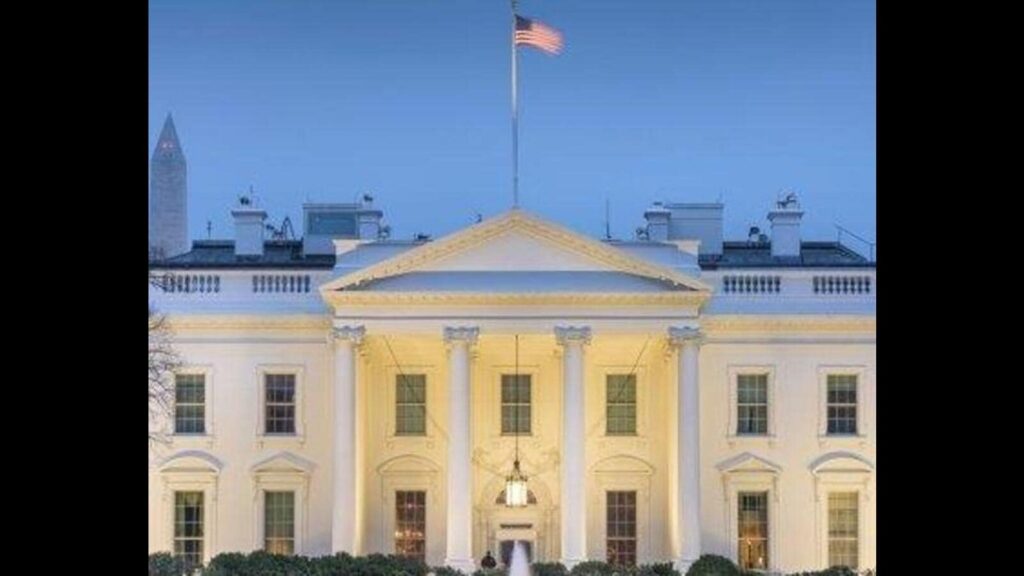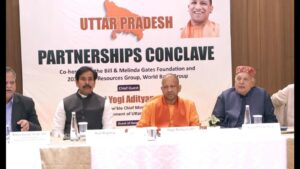Terms of Trade: Did inflation take away the White House from the Democrats?

Most economic pundits think that it did. Take this analysis by Wall Street Journal’s chief economic correspondent, Nick Timiraos. “Fiscal stimulus, approved by both Trump and Biden, accounted for about 3 percentage points of the rise in inflation through 2021, according to the San Francisco Fed. A separate analysis by the bank’s economists estimated the American Rescue Plan (ARP) boosted inflation, excluding food and energy items, by 0.3 percentage point a year in 2021 and 2022”, it said.

“Democrats had bet voters would reward them for a strong labour market recovery. Instead, voters recoiled at the sudden cost-of-living increases. Consumer prices during Biden’s term have risen 20%, compared with 8% in Trump’s term…On Election Day, about 40% of voters said the economy was their top issue, far outstripping any other. Those voters backed Trump by a 22-percentage-point margin”, the analysis added.
It is difficult to find fault with these facts. It will be foolhardy to argue against the fact that prices continue to be too high for comfort for a very large majority even after inflation rate has come down. However, there is merit in posing one question to ‘inflation sunk the Democratic party campaign’ theorists.
If inflation was indeed the main issue in the 2024 elections, then what explains the fact that the Democrats did much better than expected in the 2022 mid-term elections which are known to go against the party which has the White House? US inflation was more than 7% in November 2022, when the mid-terms were held. It is expected to be under 3% in November 2024. Also, Trump and Brexit first came on the scene in 2016 when inflation was hardly a problem. Trump’s popular support has increased in both 2020 and 2024.
Let us pose another question which is equally interesting. Was the US economy really overheated in the classical sense of the term (more on this later) in the aftermath of the pandemic and the fiscal stimulus which followed? A look at capacity utilisation levels in US manufacturing and the overall economy does not suggest this.
This brings us to another question. If the inflation which is supposed to have sunk the chances of Democratic re-election was a result of two back-to-back supply side disruptions; first from the pandemic and then the Ukraine war, was there a better option than a fiscal stimulus, which as analysts argue, abetted the inflation?
India is a good counter factual in case the advanced economy pundits are interested. In the absence of a fiscal stimulus you would have had a prolonged scarring of aggregate demand, leading to not just sub-par growth but also significant economic pain to the non-rich population. It can very well be argued that this pain would have been greater than the one caused by the inflation spike that has followed. Remember the Modi government preserving macroeconomic stability but the BJP losing parliamentary majority in the 2024 general elections? The political consequences would have been equally if not more severe in this case. So, was it a damned if you do and damned if you don’t situation for the incumbent?
It is tempting to revisit an argument which Hungarian economist Janos Kornai made in a paper published in the Econometrica in 1979. Socialist or planned economies are always supply constrained while capitalist economies are always demand constrained, Kornai argued. One of the most critical assumptions in Kornai’s paper was to factor out foreign trade.
Does domestic capacity utilisation level really matter in a country where merchandise imports exceed the value added in domestic manufacturing? This has been the case for the US in every year between 2005 and 2021 (the latest year for which data is available in the World Development Indicators database) except in 2009. Should economic policy inflict a monetary tightening induced deflation even when inflation is a result of supply-wise disruptions from import markets which are perhaps more important than domestic production in an economy? Are capitalist economies equally susceptible to supply constraints once they become critically dependent on imports, thereby doing away their most important difference from socialist economies? This is an economic question worth engaging with as seriously as the one about the fiscal consequences of adverse demographic transition for economies which was discussed in the previous edition of the column.
This is a dilemma which will only deepen for the US once Trump starts raising tariffs on imports and prices started rising as a result. This is exactly why fears are being expressed that Trump might make a go for the independence of Federal Reserve in matters of monetary policy and inflation targeting. What will complicate matters for Trump is that he is equally invested in Wall Street and the American underclass, which according to most pollsters, now extends beyond the white population. Wall Street will want him to control inflation – it corrodes the value of financial assets – while the underclass believes that Trump’s mercantilist policy will resurrect manufacturing and jobs which the US has lost to the rest of the world over the past decades.
Why could the Democrats not exploit this fundamental contradiction in Trump’s campaign? This is where the importance of the politics of othering comes into play. Economics was the futuristic part of the Trump campaign, something which would materialise once he has complete control over power and policy. An equally important part of his rhetoric was the purge which was needed to even begin to fulfil this agenda. This sought retrospective vendetta against a so-called alliance of woke, unpatriotic and culturally dangerous political elite.
It was this chutzpah which allowed Trump to portray himself as a saviour even without the economics agenda. The Democrats and some of the old Republican establishment figures against Trump, on the other hand, struggled to build a powerful subjective narrative which could break into Trump’s formidable coalition. The more they accused him of trying to overthrow the existing order which adhered to (desired) norms, the stronger Trump’s appeal became within his own constituency that his was a crusade against a decadent order.
In a democracy what matters is that Trump’s constituency was bigger than that of his opponent. Economists do not venture into debates which focus on extra economic factors. This is exactly why they are vulnerable to errors of over determinism. That the elite Trump built his narrative against is a by-product of the historical economic trajectory of the US and the rest of the first world is a more complicated political economy story than the simplistic claim of inflation explains the 2024 results in the US.
It is useful to end this column by quoting from one of the best pieces on this year’s Nobel Prize for Economics. It was written by Brendan Greeley, who is doing his PhD in history at Princeton University and is also a contributing editor to the Financial Times.
“Economists are socialised to look down on the rest the social sciences as unserious, but it’s a funny ol’ thing when you reach the end of numbers and bang into an institution. You need new tools, exactly the ones you were told lacked rigour. This week economists have been congratulating themselves on following Acemoglu, Johnson and Robinson into institutions. They are, in effect, proud to have discovered the rest of the social sciences. It would be churlish to gatekeep the economists out. The study of history, for example, is just the application of eyeballs to paper over time. All should be welcome. But it’s reasonable to expect curiosity and discipline, to ask the economists to sit still long enough to encounter all the basic questions lobbed at every first-year grad student”, Greely wrote.
Trump’s victory is not just a result of high inflation. It marks a structural break in the history of advanced capitalist countries. Its reversal requires that this fact is acknowledged in its entirety.
Roshan Kishore, HT’s Data and Political Economy Editor, writes a weekly column on the state of the country’s economy and its political fall out, and vice-versa.




